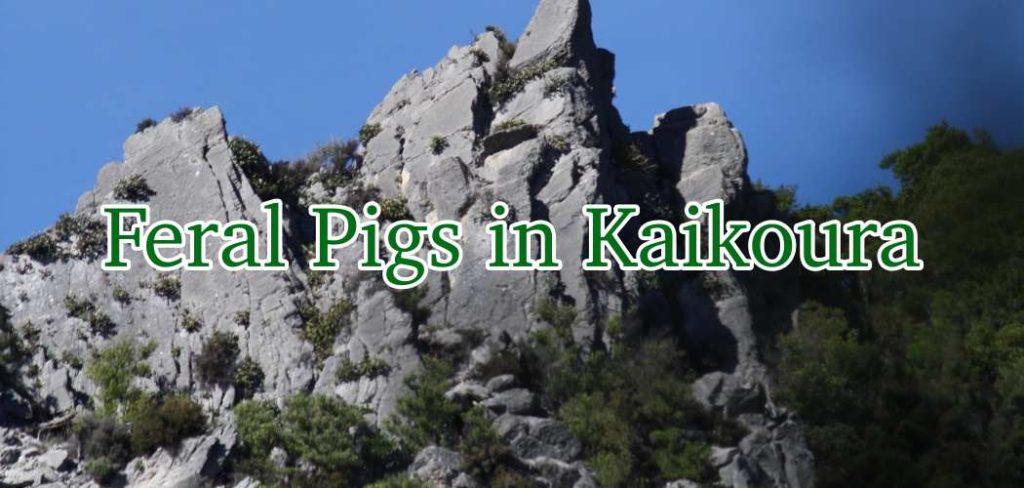A sneak peak at a part of New Zealand that many have seen but unfortunately since the earthquakes that rocked the Kaikoura area have remained relatively difficult to get into. Many moons ago when I was a simple student in another realm of life I spent a considerable amount of time in the seaward Kaikoura’s specifically Isolated Hill Scenic Reserve, not far from Blue Mountain Station and through a truly remarkable piece of landscape, Sawcut Gorge. I spent my days chasing (with varying levels of success) goats to try and better understand their effect on the forests. So here’s a wee insight into the area and a couple of the animals that make up the mountains.
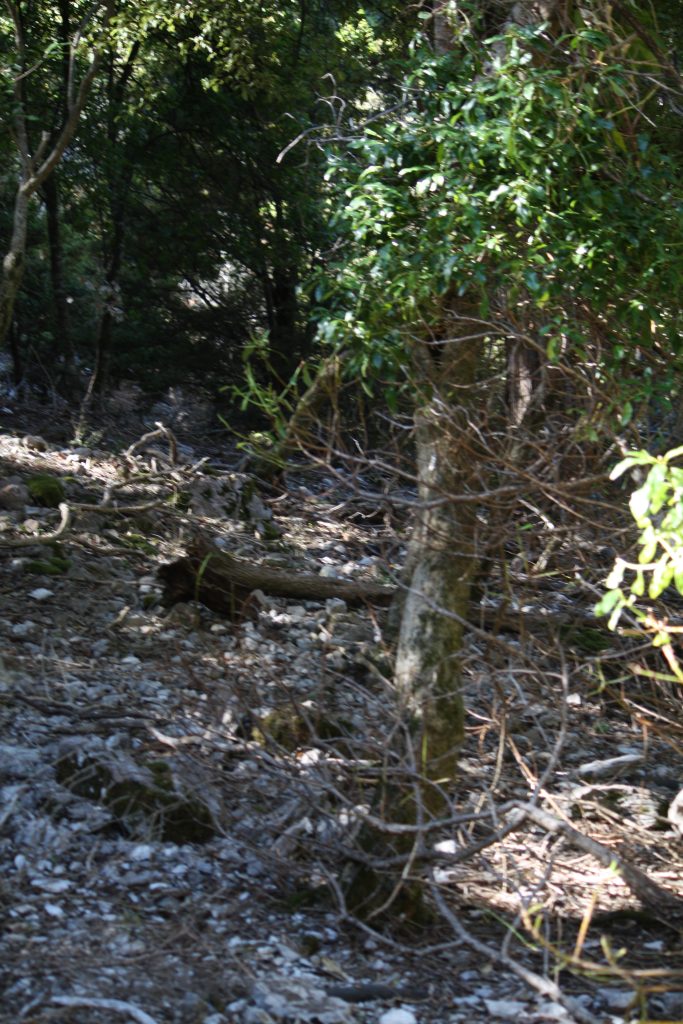
The Seaward Kaikouras themselves are one of the youngest mountain ranges in the world and one of the most highly active, they have experienced significant growth (estimated uplift rates of about 4 to 6 metres per thousand years), which has resulted in a terrain that is challenging, formidable and undoubtably beautiful with scarps that are steep and broken. The reserve itself contains a number of gorges many of which are impassable and that are littered with boulders of varying sizes that, frighteningly have been shifted and shaped by the awesome power of the water that flows.
The altitude in Isolated Hill Scenic Reserve ranges in from 150 metres (located two kilometres upstream from Blue Mountain Station, at the northern point of the Waima River) up to 1244 metres at the summit of Mount Ben More. Isolated Hill itself has steep cliffs and peaks at 1039 metres. Another notable mountain in the area is Brian Boru which peaks outside of the reserve at 1110 metres although its eastern slopes so fall within the reserve.
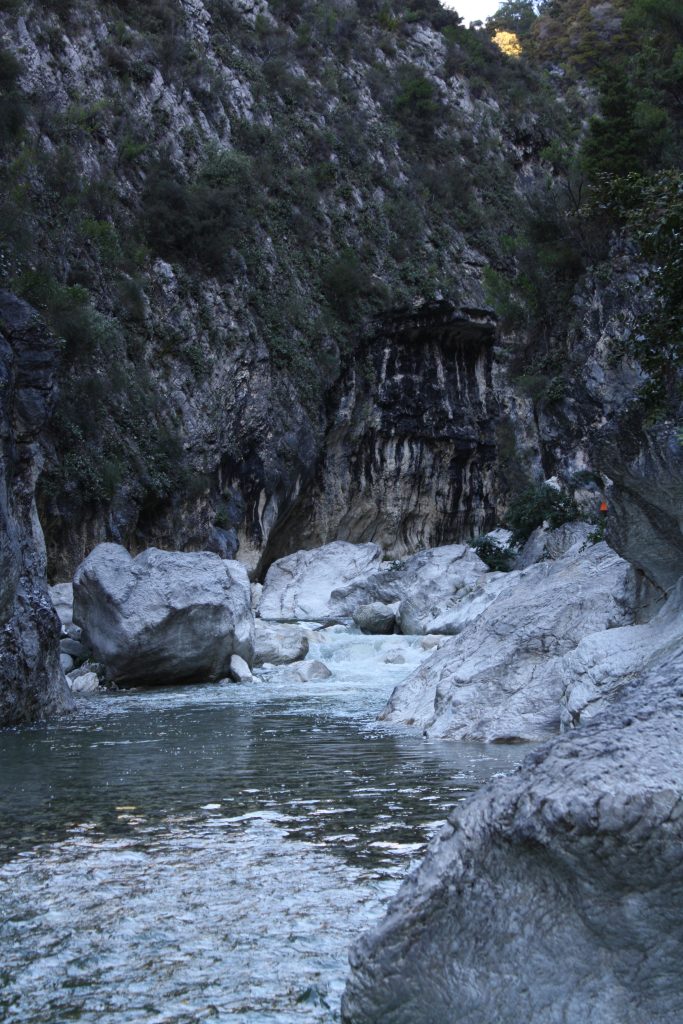
The vegetation of Isolated Hill Scenic Reserve ranges significantly due to the soil conditions, the geology of the region and the significantly varying altitude. This diversity in species type ranges from lowland forests through to tall tussock grassland. After significant land disturbances in the areas history, involving burning and land clearance, the resulting secondary forests show a wide mix of varieties compared to an undisturbed area, in short it’s a smorgasbord for the animals that call the mountains home.
The feral pig, which is widespread throughout New Zealand, because just like the feral goat it is adaptable to numerous conditions can be found in reasonable numbers throughout the area. Pigs were introduced by Europeans during the late 18th century and the 19th century and quickly took hold in the New Zealand landscape and by as early as the 1850’s were common in most districts. They can even be located in small numbers right next to major urban areas such as in Christchurch’s port hills and costal forests. Most native forests in hill country will sustain few pigs year round while in other cases areas are used seasonally. Unlike Red Deer and feral goats they are typically considered to be a somewhat minor forest pest, whose numbers are traditionally kept down locally by hunters. In appearance most feral pigs seen in the wild in New Zealand range in colour either being black or shades of brown with black patches. It has been widely reported that feral pigs in the northern areas of the South Island will bred throughout the year, with farrowing (giving birth to a litter of pigs) occurring in larger numbers from June to November, with reductions through to April to June during the main breeding season.
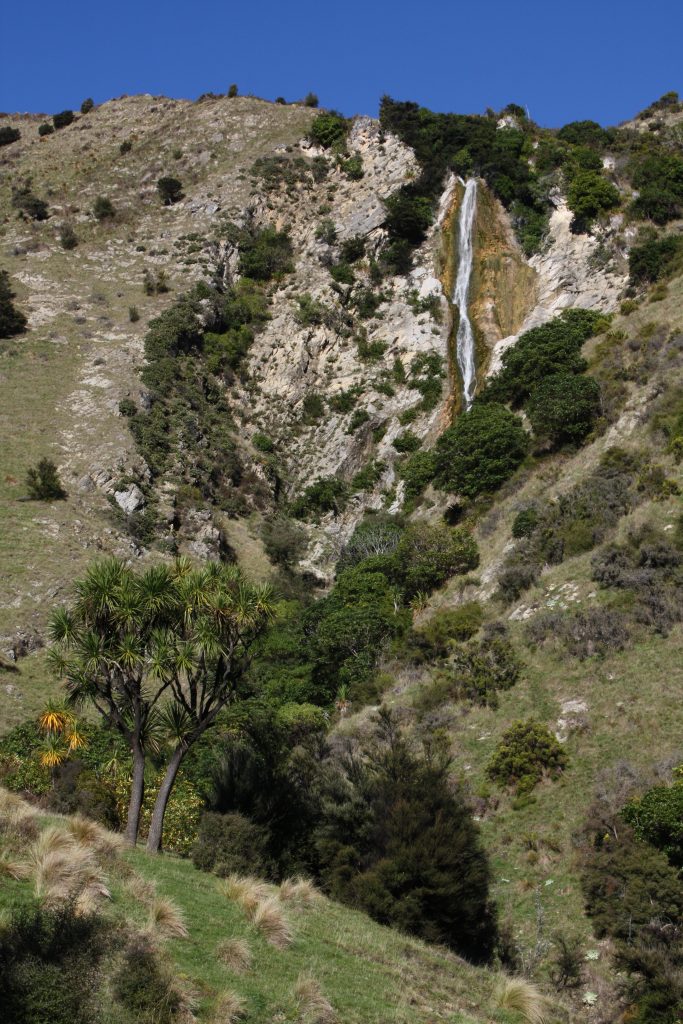
While still considered a relatively minor pest there are some concerns that their disturbance of the ground (similar to mini bulldozers) while rooting through soil and litter for food could have far reaching effects on long term ecosystem processes such nutrient cycles, where plant material that would normally break down and support and ecosystem may actually wind up causing further issues. As many of you keen hunters out there will know, earthworms are often found in the guts of these pigs. If the worms go, then ecosystem is buggered. The damage that occurs to the forest floor is also thought to indirectly affect feeding Kiwi in areas that they live in as it removes food sources for these highly important birds.
Goats were first introduced into New Zealand originally by Captain Cook on the 2nd of June 1773 when he released three goats on the eastern reaches of Good Charlotte Sound as a source of emergency food for castaways or those ship wrecked. More goats were set free during the course of the European settlement of New Zealand, with three main reasons behind continued releases. Firstly, to be used as a food source, secondly to help develop a mohair and skin industry and thirdly (somewhat ironically given its pest status now) weed control of improved and developing pasture land, in short they were the early brush cutter! Before the arrival of goats New Zealand had not been previously been subjected to browsing by mammals and the feral goat population steadily grew due to the plentiful supply of plants species and the lack of predators. I once heard a rumour that a visiting scientist suggested that New Zealand’s goat problem be controlled by the release of large cats…not sure that would have appealed to our alpine skiers! Today’s feral goats are the descendants of these early animals and due to their tenacious behaviour and adaptability were able to survive in the bush and hills of New Zealand. The largest populations of feral goats occurring within New Zealand are located in the Central North Island and its East Coast along with the Marlborough district. Goats can also be found to a lesser degree in parts of Otago. Rainfall and climate have had some influence on the spread of feral goats in New Zealand however this is not always the case and they often observed in areas with plenty of rain. The prefer a dry climate, similar to which is found in Marlborough for instance as well as they are previously from desert areas.
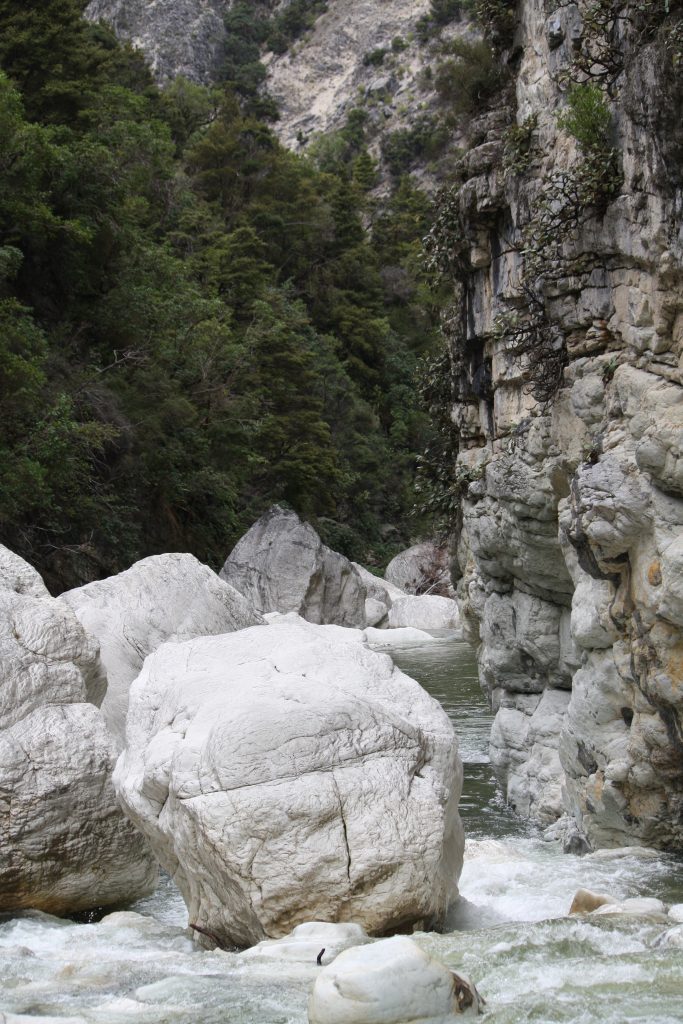
Feral goats have a notable presence in the Seaward Kaikouras, and in particular have been seen by the author in large numbers in the Isolated Hill Reserve in the past. This is in fitting with most goat locations in New Zealand where preference appears to be given to areas that are north-east or north-west facing, particularly rocky, or scrub covered outcrops, resulting in a warm dry environment. Feral goats consume the foliage of most plants and trees (McKinlay 2000) though they can be considered preferential generalists they will consume any vegetation within their reach at an alarming rate. They are capable of navigating exceedingly steep and difficult terrain, often in areas that would be considered difficult for humans, and due to this natural agility are capable of accessing the most difficult to reach plants.
Nick Adkins


